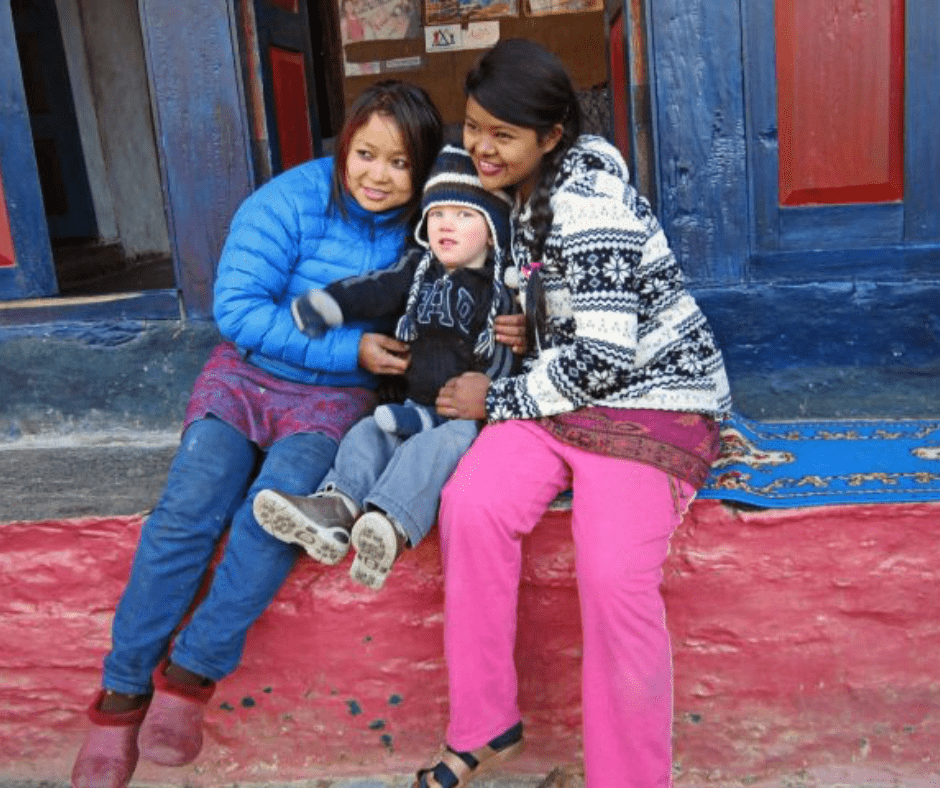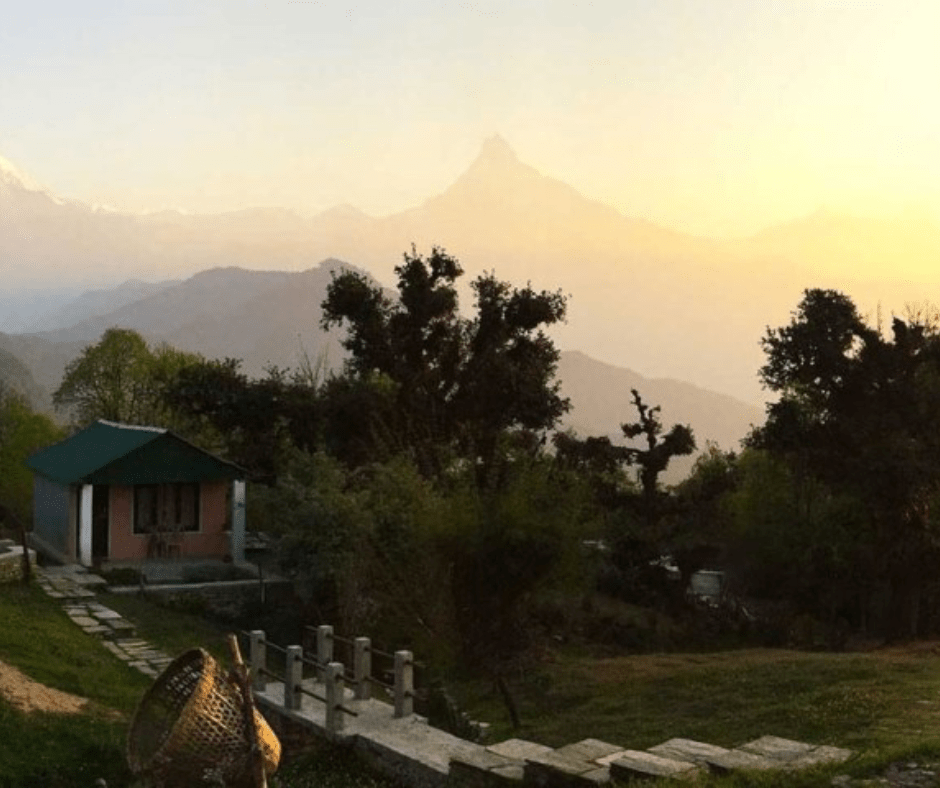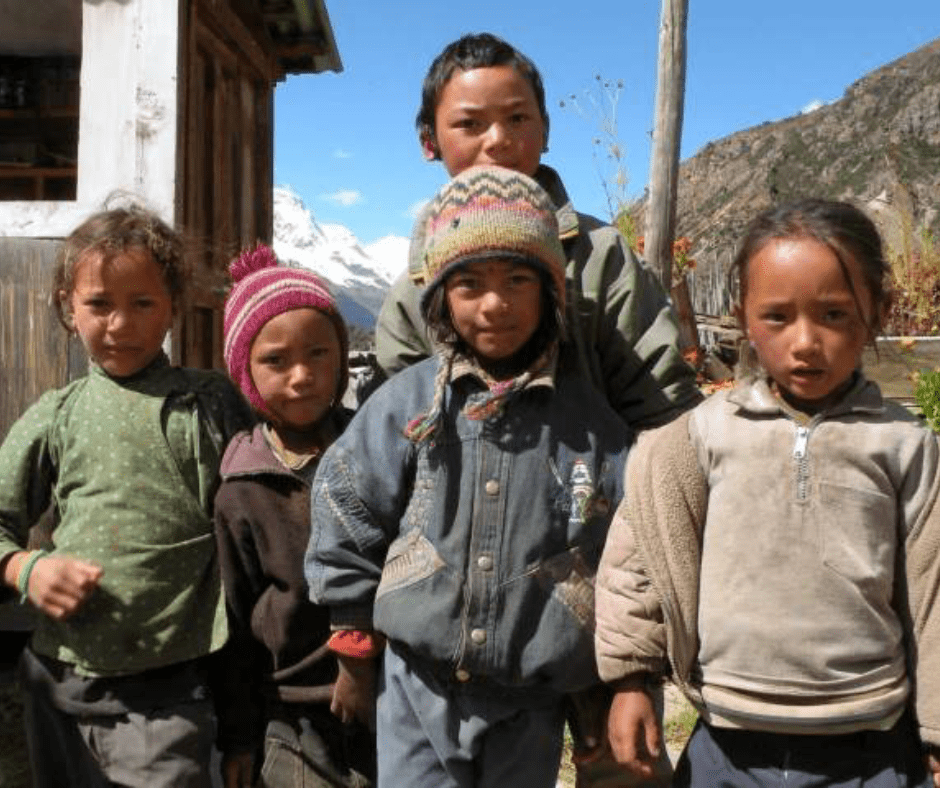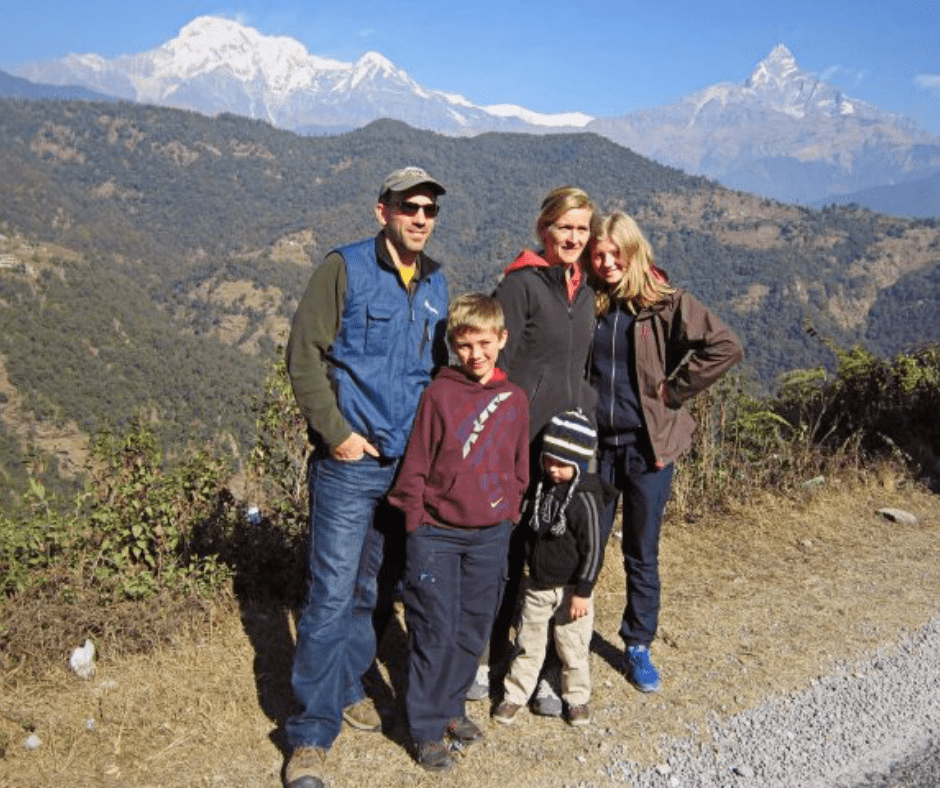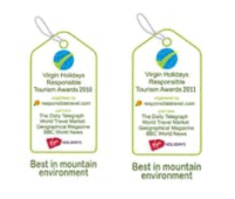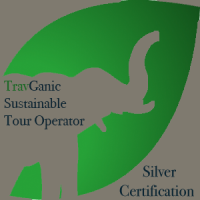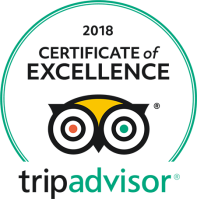Nar Phu Trek
Wellness Adventure
March through December
On Request
14 Days / 13 Nights
Min. 4 / Max 12 Trekkers
Challenging
Camping, Mountain Lodges
Max 5320 Mt
Trek Through a Restricted Area of Nar and Phu
The Nar Phu Valley Trek offers a rare chance to explore one of Nepal’s least-visited regions in West Nepal. With its untouched medieval Tibetan culture, scenic landscapes, and limited tourist footfall since opening to the public in 2003, this trek promises an exclusive and captivating experience.
Access to the Nar Phu Valley requires a special permit, obtainable through authorized trekking agencies, allowing a seven-day exploration into these pristine valleys.
Commencing from Koto, a small village marking the junction of the Annapurna circuit trail and the gateway to Nar Phu, the trek veers off the familiar path, traversing a narrow river valley north of the Annapurna range.
Several days are dedicated to acclimatization and exploration, immersing trekkers in subalpine forests, enigmatic valleys, and narrow river gorges amidst a vibrant Tibetan Buddhist culture. The region also boasts an increasing wildlife presence, including the elusive snow leopard occasionally sighted en route to Nar village.
The trek proceeds to a high camp at Kang La Phedi (4,530m) before a gradual ascent to Kang La pass (5,320m), offering breathtaking vistas of the Annapurna range and the Marshyangdi valley. On clear days, a panoramic 360-degree view unfolds, showcasing Kang La as the passage from the remote Nar/Phu Valley into the renowned Marshyangdi Valley. The steep descent then leads to Ngawal village (3,615m), integrating with the main Annapurna circuit trail.
Glimpses of towering peaks like Lamjung Himal, Annapurna II, Annapurna IV, Annapurna III, and the North Face of the Annapurna Range await from the summit of Kang La.
The return journey involves a drive to Besisahar, a night’s stopover, followed by an 8-10 hour overland expedition on rugged roads back to Kathmandu.
Note: Ensuring everyone’s safety remains our priority, and should anyone feel unwell, encounter challenges, or if the pass presents difficult conditions like heavy snow, we’ll opt to retrace our steps along the same route taken in. Our approach prioritizes prevention over cure, safeguarding everyone’s well-being throughout the trek.
Food and nutrition on the trek
We are pioneers in gastronome trekking in the Himalayas. We provide a varied, exciting menu on treks throughout the Himalayas. Vegetarian, vegan, and gluten-free meals can be catered for upon request, and other special diets can be accommodated with advance notice.
Trekking is not only fun, but it is beneficial for you. It helps in detoxifying the body while also nourishing the soul. Although to provide a better experience, we also tailor our meals to include superfoods as ingredients to keep you fit and healthy while assisting in acclimatization to high altitude. Combining hiking in the pristine mountain air and healthy food makes trekking with us a complete adventure. Read More on Food and nutrition on our treks.
Why Choose Us?
- Our expert trek leader will ensure your safety while enhancing your trekking experience.
- Your private social bubble by staying in less busy lodges and trekking away from the crowded trails where possible.
- Experience the Himalayas in style.
Your food is prepared with superfood ingredients to give the best nourishment, recovery, and acclimatization to high altitudes for our gourmet Wellness trekking adventures.
Itinerary
Upon arrival in Kathmandu, our representative will greet you and arrange your transfer to the hotel. There, you’ll have the opportunity to meet the rest of the group during the trek briefing session.
Your day begins with a half-day guided sightseeing tour, including visits to the Ason spice market, Kathmandu Durbar Square, and the revered Swayambhunath Stupa.
Amidst these cultural explorations, your trek leader will provide a detailed briefing on the upcoming trek during a delightful lunch. This is the opportune moment to ensure that all your special permits are prepared and ready for the adventure ahead.
After this enriching experience, you’ll spend the night in Kathmandu, preparing for the thrilling journey that awaits.
We depart from Kathmandu in the early hours, making our way to Besisahar as the first leg of the journey. After a satisfying lunch break, we transition to a rugged four-wheel-drive vehicle, essential for navigating the challenging mountainous terrain leading to Koto. While demanding for drivers and passengers, the route offers breathtaking vistas along the way. Traversing the old Annapurna Circuit trek path, we’ll witness impressive gorges and awe-inspiring waterfalls en route. Finally, after a demanding drive, we reach Koto, arriving just in time for a well-deserved dinner.
We opt for a shorter journey, setting camp at Dharamshala instead of extending the trek to Meta. Our trail crosses the Marshyangdi River, leading us into the Nar & Phu valleys while tracing the course of the Nar River. Unlike the more developed villages/towns along the Annapurna Circuit, the settlements in these valleys are less advanced. However, the rising influx of trekkers suggests potential lodge constructions in the future.
Our path winds through enchanting forests featuring small cave shelters and resting spots historically used by pilgrims and travellers. As we emerge from a narrow canyon, a majestic waterfall cascades along our route, unveiling a more expansive vista beyond. Dharamshala, our stop, is a modest site marked by a concrete shelter utilized by our cooking team as the kitchen and the adjoining space for dining.
We set out post-breakfast, commencing with a gentle ascent for about 45 minutes. Our path soon transitions into a steep uphill climb, a two-hour trek leading us to Meta. Here, the breathtaking vistas of Mount Pisang and Kangguru peaks greet us.
Continuing our journey, we trace the hill’s contour for approximately 20 minutes before veering towards the Phu River valley. Along the way, we pass by Junam Goth, a cluster of shepherd huts utilised as a winter settlement by the Nar community, offering respite from the harsh winter in their village. The trail reveals the majestic Nar Phedi Monastery, marking the base before the trail winds toward the town of Nar. Our route combines gentle climbs, interspersed with occasional steep sections and brief descents and ascents, leading us through a series of mounts before descending toward the Upper Chyaku village.
We’re in for a rewarding day of trekking, ascending from 3,750 meters in altitude to Phu at 4,150 meters. Our journey kicks off with an uphill climb, followed by a brief descent and a short ascent before arriving at the settlement of Kyang, inhabited by Tibetan refugees. As we traverse the barren terrain, a shelter awaits us where our skilled chef and assistants are ready to serve a piping hot lunch.
Trekking along the Phu River involves navigating landslide areas and exposed rocky hills. Maintaining a brisk pace in these regions is advisable, as strong winds and wildlife, such as the Blue Sheep, may cause rocks and stones to tumble down the slopes. Our path culminates in a brief but steep 20-minute ascent to the “Kani,” the entrance gate to Phu village, offering breathtaking vistas.
From this point, you’ll see abandoned villages and the remnants of a fort. However, reaching the village is still 20-30 minutes away. The path is rocky, occasionally visited by blue sheep during late afternoons as they descend to the river for a drink.
We dedicate a day to acclimatise to the altitude in Phu. It’s a charming village with winding alleyways to explore or options to hike up to the base camp of Himlung Himal. Phu offers a variety of activities like visiting the Tashi Lhakhang Monastery or observing villagers engaged in their daily tasks, such as spinning sheep or yak wool, doing laundry, or processing seeds for oil.
For the more adventurous and energetic, there’s an opportunity to hike up to the base camp of Himlung Himal, standing at 7,125 meters. This trail winds through a glacial valley, a recent addition for mountaineering enthusiasts. Watch for herds of blue sheep gracefully navigating the cliffs along the way. The round trip typically takes four to five hours, offering an enriching and stimulating experience.
We retrace our steps toward Meta village but veer off near the Nar Phedi monastery, where we’ll spend the night. This serene monastery offers a guest house with well-maintained rooms tended by welcoming nuns. Visitors may have the opportunity, in a non-intrusive manner, to observe the nuns preparing dinner on a simple fireplace within the monastery’s kitchen.
There’s an invitation to witness their puja (prayer) ceremony, typically held around 5 pm, a beautiful and respectful experience. It’s customary and appreciated to contribute to the monastery’s donation box to support the maintenance of this hospitable and intricately adorned institution.
We ascend from Nar Phedi on switchbacks that lead to Nar Village, passing a series of beautifully painted chortens topped with bamboo along the way. Arriving in Nar around midday, we pause for lunch. Despite its proximity to the bustling Annapurna trail, Nar remains a rarely visited village.
Compared to Phu, Nar’s inhabitants are more social and vibrant. In the village centre, you’ll witness women weaving fabric for blankets and rugs, a common sight. Moreover, on the village outskirts, several newly constructed lodges offer comfortable accommodations for travellers.
In the morning, we’ll take a leisurely approach, enjoying breakfast and exploring the village. The hike to the base of Kang La Pass is only three hours today, allowing us to split the long trek into two manageable sections. This evening, meals will be provided in your tent due to the smoky environment at the teahouse, presenting a brief inconvenience for this particular night.
On this challenging day, we commence early after breakfast, equipped with packed lunches for the journey due to the absence of water sources or shelter en route for our chef and team to prepare meals.
Though not overly difficult, the Kang La pass demands a steady pace due to altitude, making it a long day. Upon reaching the pass’s summit, breathtaking vistas of Annapurna II, Gangapurna, and Tilicho peaks unfold before us. A steep scree descent follows, where mastering the sliding technique can make the descent enjoyable and less taxing on the knees. We pause for lunch upon reaching a plateau, continuing our descent to Ngawal.
Ngawal presents a noticeable contrast to the villages of Nar Phu valleys, boasting larger lodges, cell phone networks, and even WIFI! For the night, we settle into one of these lodges, reacquainting ourselves with the comforts of “civilization.
After breakfast, we load our camping and personal gear onto our jeeps for the day’s journey. Brace yourself for a bumpy ride along the rugged track leading to Besishar. We’ll pause at scenic spots for photos, leg-stretching breaks, and lunch along the way. Ultimately, we’ll settle into one of the more comfortable lodges in Besisahar, the district headquarters of Lamjung.
Descending over 2000 meters from the pass, the weather gets warmer, and the scenery turns lush and vibrant as we approach Pisang. To make the most of the remaining trekking hours, set out early and follow a comprehensive, comfortable trail that leads past a beautiful lake just outside Pisang. Enjoy a quick snack in the village before returning to Besisahar in a four-wheel drive. Rest comfortably in a hotel there for the night.
The return journey to Kathmandu spans approximately five hours, navigating a well-paved road. Upon arrival, revel in the city’s amenities once more as you settle into your boutique hotel in Kathmandu! With the afternoon at your disposal, consider visiting local shops for souvenirs or simply indulging in well-deserved relaxation.
Our representative will bring you to the airport 3 hours before your flight time.
Inclusions
- Boutique hotel in Kathmandu with breakfast
- Mentioned sightseeing.
- A private vehicle went to Besisahar, and a chartered jeep went to Chyamje on day 3.
- 2-man tent for the trekking part from Koto onwards
- Expert trek leader or hire Raj
- Trekking chef
- One assistant guide per 4 trekkers
- Chef’s assistants
- Porters to carry all camping gear, food, and equipment
- All meals on the trek – the best and healthiest food in the Himalayas.
- Toilet tent.
Exclusions
- International airport taxes
- Visas
- All optional additional tours or activities during free time
- Transportation outside of the tour program
- Travel insurance (compulsory to have insurance that covers helicopter evacuation)
- Tips (suggested amount US$75 per week for staff only); Leader’s tips at your discretion
- Items of a personal nature, e.g., alcoholic drinks, bottled beverages, laundry, souvenirs, etc.

